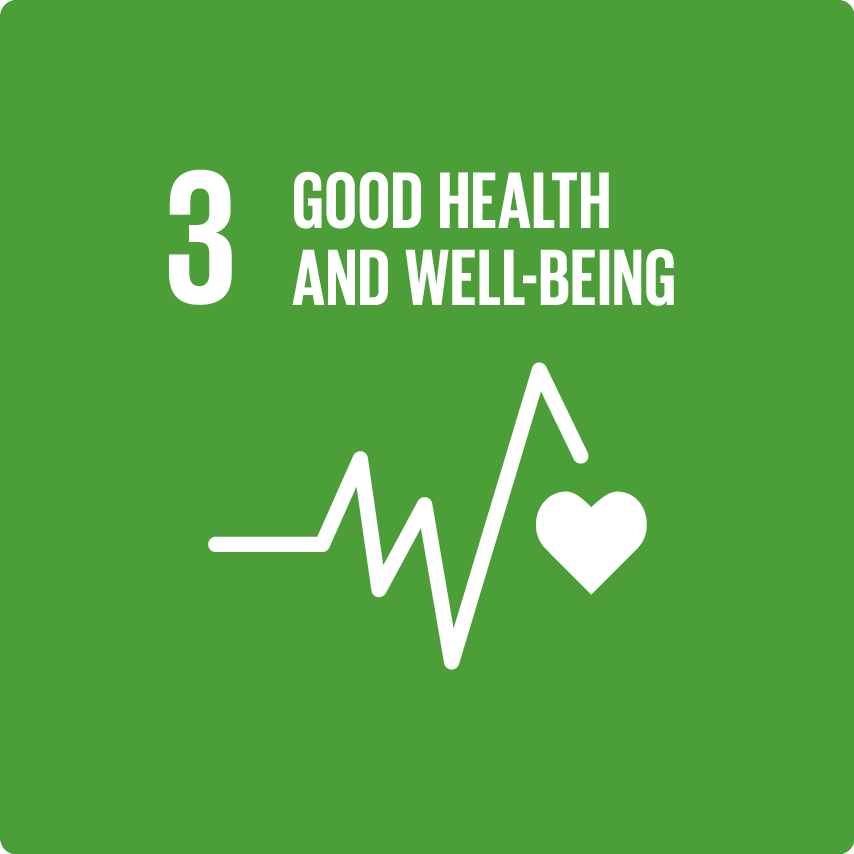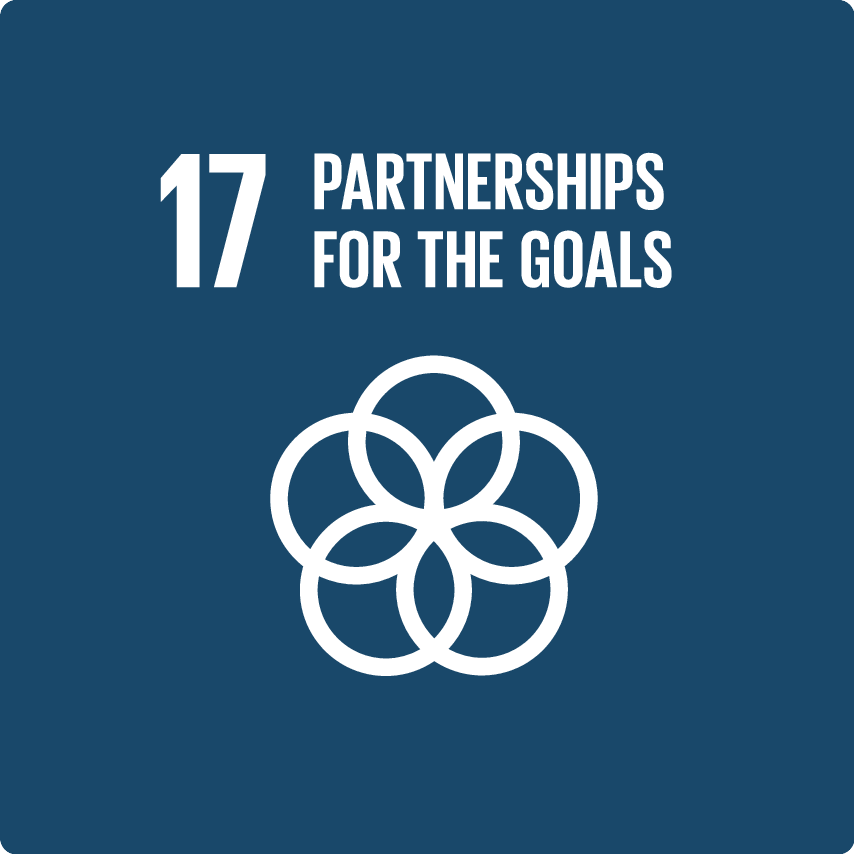Novartis partnership with Save the Children
Novartis is partnering with Save the Children to accelerate the decline of child mortality and morbidity in Kenya. The project aims to increase prevention, diagnosis and treatment of malaria, pneumonia, and diarrhea by implementing integrated community case management.
SEE ALL PARTNER ORGANIZATIONS
Objectives
- Increase the effective coverage of prevention, diagnosis and treatment for malaria, pneumonia, diarrhea, and malnutrition by strengthening integrated community case management
- Strengthen the supply chain system to ensure continued availability of health commodities to manage childhood illnesses at the primary healthcare level
- Contribute to evidence generation and learning around antimicrobial resistance to influence policy and practice especially at the primary healthcare level
- Conduct a study to explore the gaps in the public health system around health education, screening, diagnosis and treatment of sickle cell disease
What are the health needs and challenges?
This project has the potential to make a huge impact in reducing childhood mortality in Kenya, by addressing major health needs and challenges.
Thanks to strides in preventing and reducing deaths from common childhood illnesses such as pneumonia, diarrhea, malaria and HIV, Kenya has succeeded in reducing under-five mortality in the last 20 years by more than 60%. Despite this remarkable progress, in 2021, more than 54,000 children died before reaching the age of five – malnutrition being the main underlying cause.
Another challenge is the frequent stockouts of essential health commodities, often resulting in delays in treatment. Therefore, the partnership works toward ensuring a continued supply of health commodities so that children receive the proper treatment at the right time.
Lastly, limited knowledge on the cause and prevention of childhood illnesses is a major barrier to reducing childhood mortality. Community health volunteers need to be educated on integrated community case management to prevent and treat childhood illnesses.
Partnership activities and how they address needs and challenges
The partnership is actively addressing the challenges faced by the healthcare system in Kenya. Activities are designed to improve the quality of services offered at the primary care level.
The first step taken is to build the capabilities of community health workers. This is achieved through capacity building programs, which aim to equip them with the skills and knowledge needed to offer quality healthcare services at the community level.
In addition, partners are conducting mentorship and supportive supervision of health facilities to enable continuous quality improvement of care services. Healthcare workers are also trained on forecasting and quantification to ensure a continued supply of health commodities.
To minimize stockouts, the partnership is providing logistical support to health facility management teams. This includes managing expired drugs and commodities, as well as re-distributing them to minimize stock-outs. The project is also advocating for increased budgetary allocations to strengthen the supply chain at the primary healthcare level.
The program also raises awareness about antimicrobial resistance (AMR), a growing concern in Kenya due to antibiotic misuse and overuse, and the need to reinforce pharmacovigilance systems at community level. This is important to sensitize the public on the importance of AMR, and how it can be prevented.
Finally, the partners are conducting a study on sickle cell disease (SCD), a blood disorder that disproportionately affects children under 5 in sub-Saharan Africa. The aim is to identify gaps and challenges in the healthcare system, and to jointly develop appropriate interventions with the Ministry of Health. This should lead to early screening, diagnosis, and treatment, reducing the burden of SCD in the community.
Results and milestones
To date, the project has achieved impressive results. More than 300 community health volunteers (CHVs) and 20 healthcare workers (HCWs) have been trained on implementing integrated community case management. The project also made a significant impact on children, reaching more than 53,000 children.
Geographic Reach
- Africa
Disease Area
- Women’s and Child Health
Target Population
- Children
Partner organizations
Save the Children
Ministry of Health Kenya
Geographic Reach
Africa
- Kenya
Disease Area
Women’s and Child Health
- Children's Health

